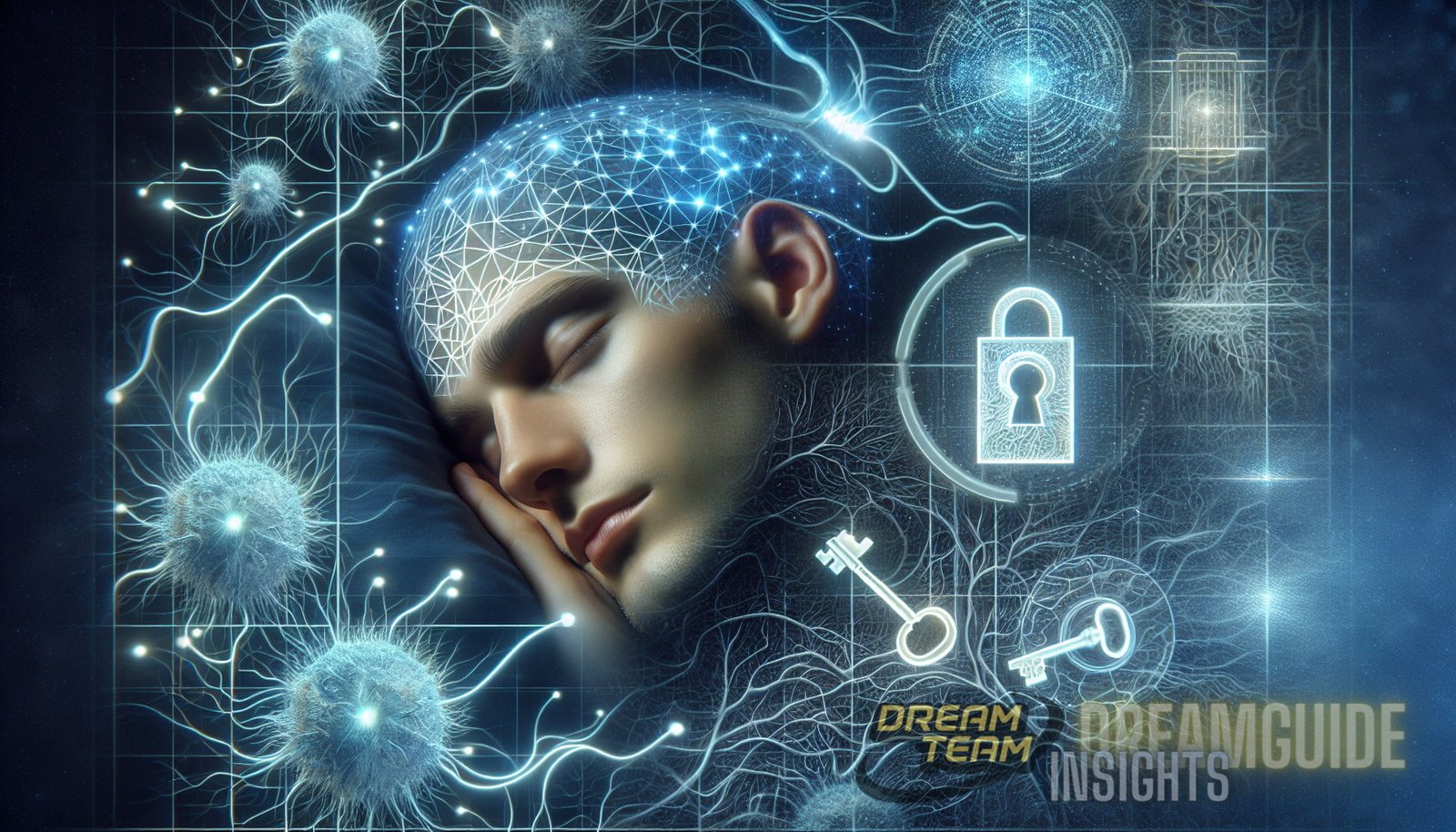Unmasking the Mind: Unveiling the Cognitive Processes Behind Dream Formation
“Our dreams are a window into our subconscious mind, revealing the hidden depths of our thoughts, emotions, and desires.”
Have you ever woken up from a dream, filled with vivid images and emotions, only to find yourself wondering what it all means? Dreaming has fascinated humans for centuries, and countless theories have been proposed to explain these enigmatic experiences. From the realms of psychoanalysis to the frontiers of cognitive neuroscience, researchers have sought to uncover the cognitive processes that give rise to dreams, providing valuable insights into the human mind.
The Science of Dreams
At its core, the study of dreams lies at the intersection of psychology, neuroscience, and cognitive science. Dream researchers have adopted various approaches to unravel the mysteries of dream formation, ranging from interpreting dream content to investigating the neurological basis of dreaming. By understanding the cognitive processes behind dreams, we can gain a deeper appreciation for the many facets of human cognition.
Dream Analysis: Digging into the Depths of Dream Content
One avenue of research into dreams involves analyzing the content of dreams to gain insight into the subconscious mind. Psychologists such as Sigmund Freud and Carl Jung pioneered this approach, arguing that dreams represent the fulfillment of our hidden desires and suppressed thoughts.
Freud’s psychoanalytic theory suggested that dreams serve as a way for the unconscious mind to communicate with the conscious mind. He proposed that dreams contain latent content, which represents underlying unconscious wishes, and manifest content, which is the symbolic representation of these wishes in the dream. By interpreting the symbols and imagery in a dream, Freud believed that one could gain access to the unconscious mind and better understand the dreamer’s psychological state.
Jung, a student of Freud, took a slightly different approach to dream analysis. He proposed that dreams represent the collective unconscious, a reservoir of archetypes and symbolic representations shared by all humans. According to Jung, by interpreting the symbols and themes in dreams, one can gain insight into the universal aspects of human experience.
While dream analysis remains a valuable tool in understanding the subconscious mind, critics argue that it lacks scientific rigor. The subjective nature of dream interpretation poses challenges in establishing objective measures and replicable findings. Nevertheless, dream analysis continues to be a popular method for exploring the depths of our nightly visitors.
The Neurobiology of Dreaming: Lights, Brain, Action
In recent years, advancements in neuroscience and brain imaging techniques have opened up new avenues for understanding the neural processes underlying dream cognition. Neuroscientists have identified specific brain regions and neural networks that are active during dreaming, shedding light on the neural mechanisms that shape our dream experiences.
One of the key brain regions implicated in dreaming is the prefrontal cortex (PFC), which is responsible for executive functions such as decision-making, planning, and self-awareness. During REM sleep, the stage of sleep associated with vivid dreams, the PFC shows reduced activity, leading to impaired self-awareness and logical reasoning. This decrease in PFC activity may explain the bizarre and irrational nature of dreams.
Another brain region involved in dream formation is the limbic system, which plays a crucial role in processing emotions and memory. The amygdala, a part of the limbic system, is particularly active during dreaming, providing a possible explanation for the strong emotional experiences often associated with dreams.
Studies have also shown that the visual cortex, responsible for processing visual information, is actively engaged during dreaming. This finding helps explain the visual imagery that accompanies many dreams, as the brain generates and processes visual scenes during the dream state.

While our understanding of the neurobiology of dreams is still evolving, these findings provide valuable insights into the cognitive processes that give rise to dream experiences.
Unlocking the Secrets of Subconscious Dreams
Exploring the depths of our subconscious mind through dream analysis and neuroscientific research offers a glimpse into the complex workings of human cognition. Understanding the cognitive processes behind dreams can have a profound impact on fields ranging from psychology to artificial intelligence.
By integrating our knowledge of dream cognition with other areas of psychology, researchers can gain a deeper understanding of mental disorders such as post-traumatic stress disorder (PTSD) and sleep-related disorders. Dreams serve as a window into our emotional states and can provide valuable insights into mental health conditions.
Furthermore, the study of dream cognition has implications for the development of artificial intelligence systems. Dreams represent a form of simulated reality, and by studying the cognitive processes involved in dream formation, researchers can design more sophisticated artificial neural networks that mimic the human mind.
The Future of Dream Research
As researchers continue to investigate the cognitive processes behind dream formation, the field of dream research is poised for exciting advancements. Integrated approaches combining cognitive psychology, neuroscience, and machine learning hold promise for unraveling the complexities of dream cognition.
Future research may focus on:
- Understanding the relationship between dream content and waking life experiences
- Identifying the neural mechanisms underlying lucid dreaming
- Expanding our knowledge of dream recall and memory consolidation during sleep
- Exploring the impact of external and internal stimuli on dream formation
Conclusion
The study of dream cognition is a multi-faceted endeavor that encompasses both scientific research and subjective interpretation. By unmasking the cognitive processes behind dream formation, we can gain valuable insights into the complexity of human cognition and the hidden depths of our subconscious mind.
While dream analysis may offer a subjective understanding of dreams, neuroscientific research provides a more objective foundation for our understanding of dream cognition. By examining the brain regions and neural networks involved in dreaming, we can begin to unravel the mechanisms that give rise to dream experiences.
Whether you view dreams as a window into the subconscious mind or as random neural firings, there is no denying their power to captivate our imaginations and provide a rich tapestry of experiences. As we continue to explore the depths of dream cognition, we may unlock new insights into the human mind and the nature of consciousness itself.
Unveil the mysteries of dream cognition and explore the depths of your nightly visitors with dream analysis and unraveling the secrets of subconscious dreams.


